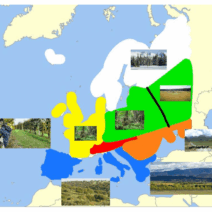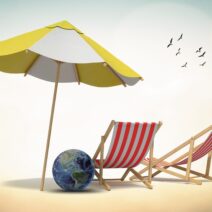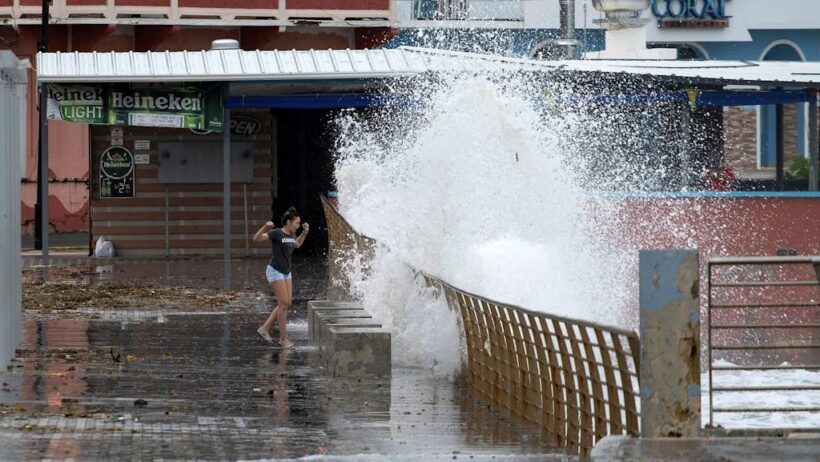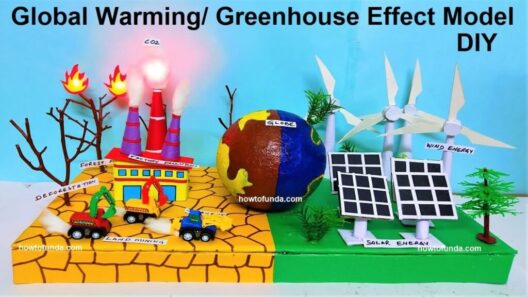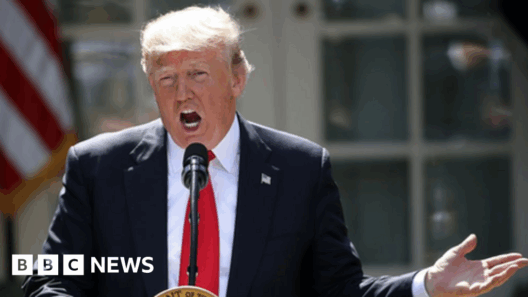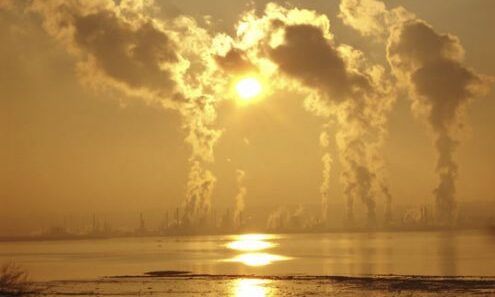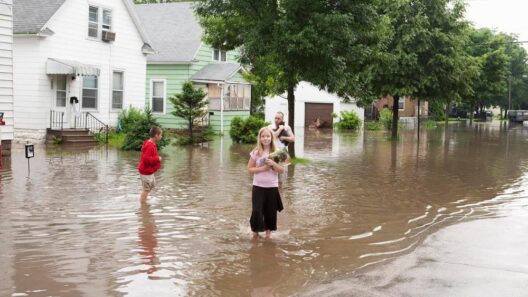The oceans cover more than 70% of our planet’s surface and are home to an astonishing diversity of life. From the minuscule plankton that drift in the currents to the majestic narwhals that navigate icy waters, each creature plays a pivotal role in the intricate web of marine ecosystems. However, as global warming continues to shift climate patterns, these ocean denizens find themselves at the forefront of a looming crisis. How does the tapestry of life beneath the waves respond to the inexorable march of climate change?
At the microscopic level, krill are often underestimated. These tiny crustaceans are essential to the marine food chain, serving as a primary food source for larger species such as whales, seals, and penguins. Their populations, however, are incredibly sensitive to temperature changes and ocean acidification. As the waters warm, krill face a dual threat: their habitat is altered, and the phytoplankton upon which they depend proliferate in unpredictable patterns. If krill populations dwindle, the effects cascade through the entire oceanic environment, imperiling numerous species.
Moving up the food chain, we encounter the vibrant yet vulnerable species of fish and marine mammals. Among them, the charismatic clownfish has garnered both attention and concern. As ocean temperatures rise, these fish and their anemone homes experience stress, disrupting their symbiotic relationship. The resulting competition for dwindling resources can lead to decreased populations, jeopardizing their role in sustaining the ecosystem. Moreover, the expansive coral reefs that provide critical habitat for clownfish and countless other species are suffering from bleaching events triggered by elevated sea surface temperatures.
Perhaps one of the most iconic symbols of the Arctic is the narwhal, its long, spiraled tusk resembling a mythical unicorn’s horn. Narwhals are emblematic of the unique adaptations found in polar aquatic life. However, with shrinking ice coverage due to warming temperatures, their habitat is undergoing a dramatic transformation. These marine mammals rely on sea ice for breeding and feeding; diminished ice means reduced access to crucial hunting grounds. As narwhals navigate these challenges, their populations are increasingly threatened, calling into question the viability of their existence in a rapidly changing environment.
The interplay between temperature, habitat, and food sources transcends individual species. In the Arctic, changes in sea ice affect not only narwhals but also the entire ecosystem that depends on these structures. Seals, polar bears, and other subarctic inhabitants are grappling with the disappearance of ice, which leads to shifting predator-prey dynamics. Consequently, the loss of sea ice forces these animals to travel further in search of food, increasing their vulnerability to starvation and predation.
Interestingly, the gastronomes of the ocean—the baleen whales—are no strangers to climate impacts either. Species like the blue whale and humpback whale face competition for food as their migratory patterns are disrupted. As krill populations fluctuate due to warming waters, these whales may find themselves traveling greater distances to feed, which affects their breeding success and the health of their populations. More unnervingly, as they seek out alternative feeding grounds, they may also come into contact with ships and fishing gear, raising concerns about entanglements and ship strikes.
Climate change doesn’t only threaten the inhabitants of icy waters but also yields repercussions in temperate zones. The anchovy stocks off the coasts of the Americas are changing their distributions and lifecycles in response to fluctuations in temperature and oceanic conditions. These fishes are foundational to local fisheries and the economies that depend on them. A decline or shift in anchovy populations can have ripple effects, causing economic hardship for fishing communities and impacting the broader marine food web.
As we examine this interconnectedness, a question arises: how do we navigate the complexities of ocean conservation in the face of such daunting challenges? The challenge lies in our ability to act cohesively as a global community. Protecting the oceans requires concerted efforts to understand marine ecosystems and implement sustainable practices that mitigate further damage. Initiatives such as marine protected areas, responsible fishing regulations, and efforts to reduce carbon emissions are essential. By targeting anthropogenic factors that exacerbate climate change, we can help preserve the delicate balance of ocean ecosystems.
Alongside direct conservation efforts, there is an urgent need to raise awareness of climate issues affecting ocean life. Through education and outreach, we can inspire individuals to recognize their impact on the environment. Supporting sustainable seafood initiatives can also empower consumers to make informed choices that benefit marine populations.
Ultimately, the plight of ocean creatures from krill to narwhals underscores a critical reality: our fates are interconnected. We stand at a crossroads where our actions can either lead to further decimation of marine life or inspire a collective awakening to the fragility of our oceans. Preservation of these vital ecosystems hinges on our understanding and commitment to address the urgent challenges posed by climate change.
The question remains: will we heed the warning signs and take decisive action to ensure a thriving future for the incredible diversity of life beneath the waves? The time to act is now. If we falter, we risk not only the survival of marine species but also the well-being of our planet as a whole.
